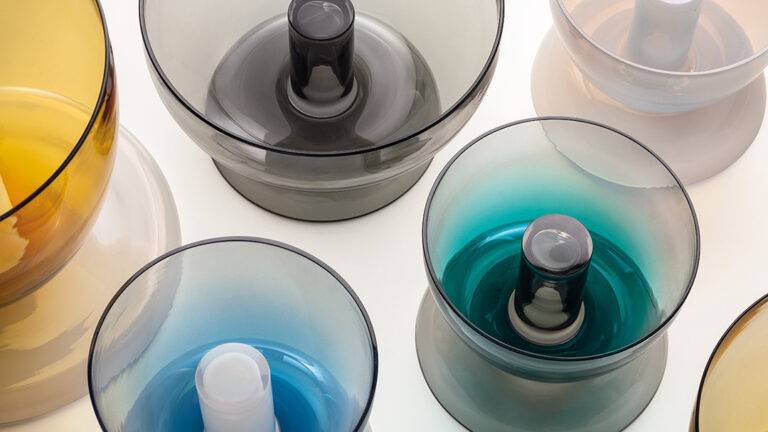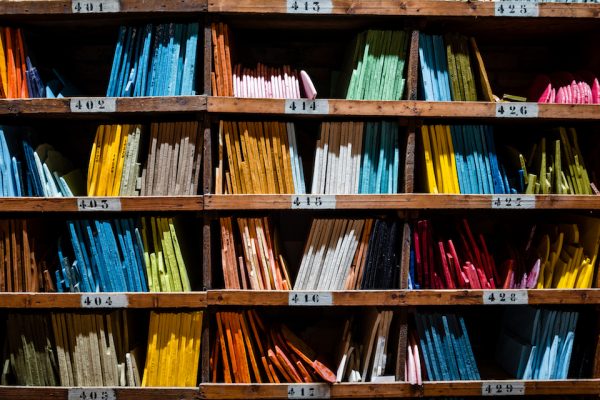Have you ever dreamed of drinking from a precious glass of 19th Century design? Or having a lamp at home inspired by the history of 18th Century Venice? On the island of Murano it’s possible! And only a few companies can boast a collection of objects that shows over 160 years of success in the history of glass art. One of them is Salviati and I would like to tell you about their journey.
From 1859 onwards
Founded by lawyer Antonio Salviati in the middle of the 19th Century, Salviati & C. initially produced mosaics and enamelled objects, then hand blown glass pieces. Thanks to the quality and accuracy of the workmanship, the factory quickly becomes a bench-mark for the sector. Until the 20th century Salviati continues to increase its national and international reputation, creating refined objects with a strongly modern line. But it is now with the new millennium that Salviati has renewed itself starting from the priceless cultural heritage preserved in the Fondamenta Radi archives, in the most genuine heart of Murano, far from the tourist showrooms. A huge book, carefully kept in the historical headquarters, reports the client registry starting from the last century: an extraordinary witness of the company’s long-running tradition.
In recent years it’s right on the tradition that the new ownership has built the ambitious plan of the revival of the brand. A large investment in terms of image. That’s how Salviati has come back in great style at Milan Design Week 2017, when the installation of an enormous glass bookcase showed to the public the unchanged technical skills, long appreciated all over the world. Even the restyling of the logo, more graphic and modern, bears witness to the renewal process, but the real challenge is to create a dialogue between tradition and modernity in the new collections.
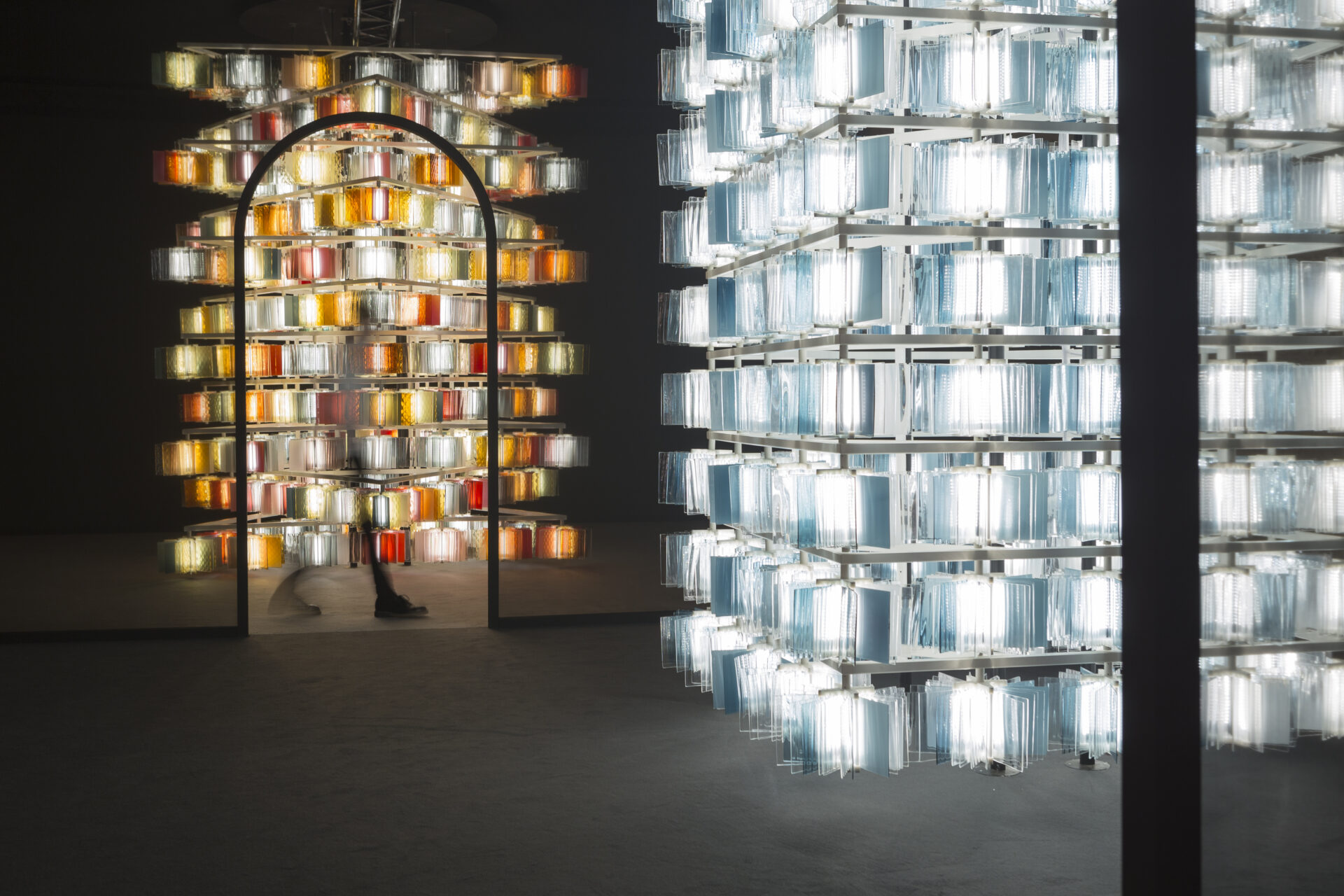
Lamps that tell a story
The designer Alberto Lago gets to the point with the collection Ferai, a perfect union of classical elements and today’s demands. But let’s see how a lamp can contain lots of meanings.
First of all, due to the choice of the name, there is a strong call to the Venetian atmosphere, through the fascinating tale of the introduction of the first street lamps, precisely named Ferai, from which these shapes are taken. Geometries, finishing and glass colours are therefore inspired by the Muranese tradition, evoking a story that moves the client on a path to discover the golden age of the Serenissima.
At the same time the lamps designed by Lago are able to create a direct contact with the user who can compose some elements at will by interacting with the glass object, usually so cold and fragile.
Modernity and technology come into play then with the illuminating engineering of Ferai: a lamp with a double light, where the light source can be modulated and adjusted by the client giving a wide freedom of use… And even the possibility of controlling the light with their smartphone!
Objects of everyday life
Salviati has made a revolution for accessories too. In addition to a selection of historical and iconic pieces, they have introduced modern everyday objects that come out of the classical scheme of the Murano artistic glass sculpture/vase, while maintaining the same distinctive features such as the colour and the technical skills used.
An example is Tabarro – and again the name evokes an historical element of Venice’s heritage – an object designed once again by Alberto Lago. This item, apart from the extraordinary craftsmanship, stands out because it can be used in many ways as a vase, bowl or table centrepiece, simply by turning the two glass elements that make it up, upside down.
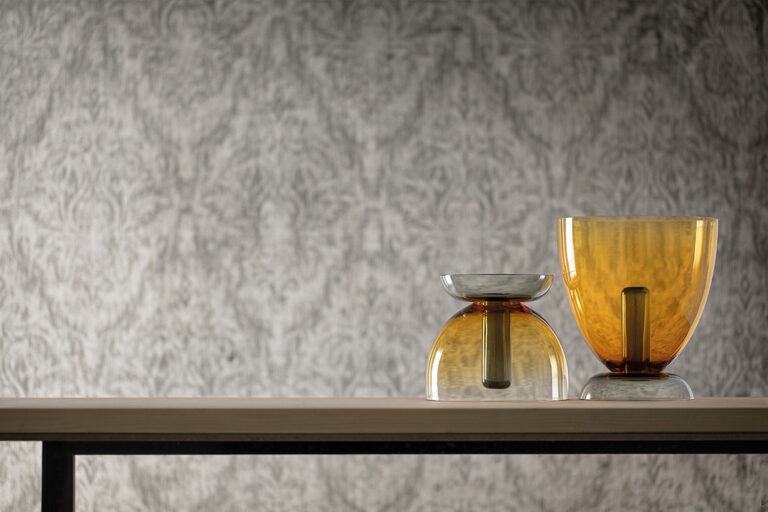
Or again the collection Calici, signed by Federico Peri and inspired by the old glasses produced by the company, that suggests an elegant game between the simple transparent container and the refined chalice in twisted coloured “rigadin” glass.
The future of glass objects
In conclusion, besides the artistic collections and limited editions, the Salviati of the new millennium has also made room for commonly used home accessories and tableware. The idea is to switch from precious artefacts to products that are still top of the range, yet more affordable and for daily use, targeting also the finest restaurant market segment.
But the news is not over yet, and for the next Salone one wonders what it’s cooking up in the furnace, because the design team is working together with the glass masters on the development of new objects.
The crucial factor is no longer only the artistic and artisanal aspect, but also the willingness to experiment and design new solutions. The client and their needs are now at the centre of the manufacturing process, therefore the challenge today for Salviati is to engage and retain the consumer by always giving new life to glass objects.
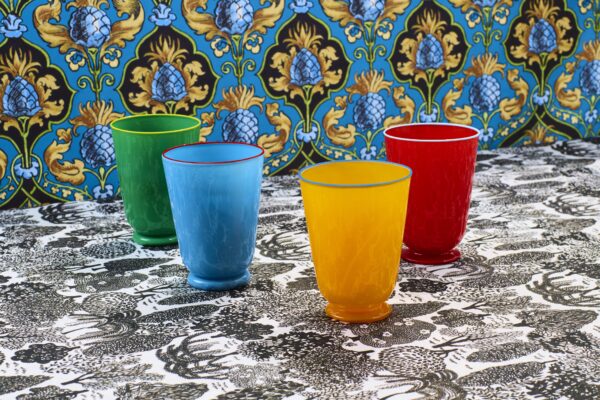
Photo credits: Salviati
